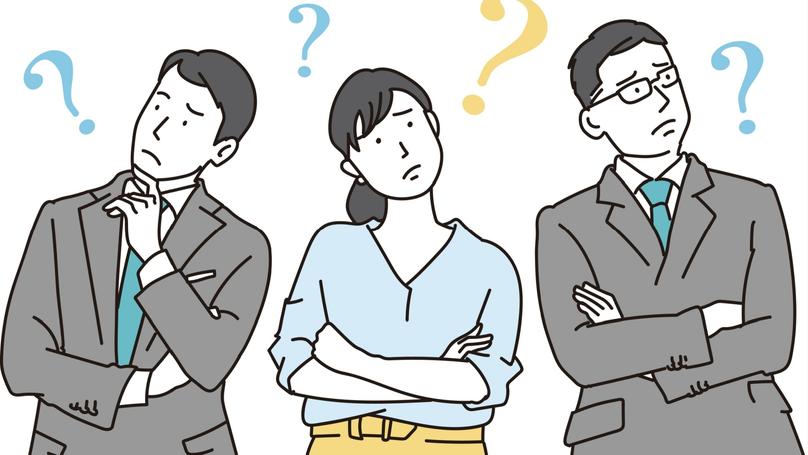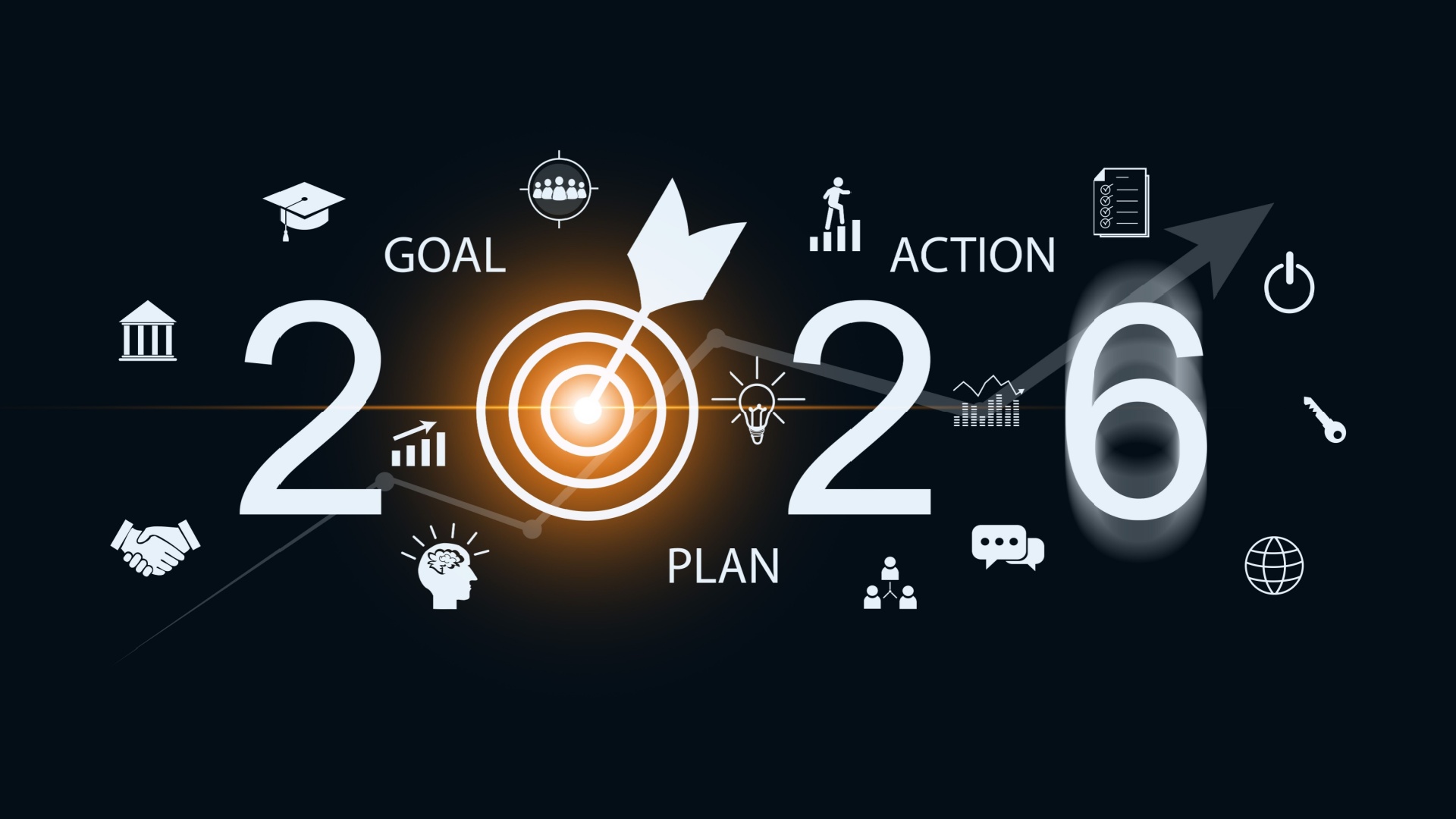What Japanese schooling looks like and what we can learn from it
Japan, for all its distinctiveness and self-sufficiency, shaped by its island origins and isolation from the continent, is a country of borrowings.

It has a remarkable ability to select the best features in other cultures and peoples, to adopt and adapt them to its own needs and realities. For example, the Japanese education system owes much to China, as Japanese writing and certain religious practices developed under Chinese influence. Initially, Buddhist monasteries were Japanese schools, but in the 19th century, Japan shifted its educational focus to the West, mainly the USA, whose educational system it eventually borrowed. However, Japan has incorporated its own adjustments and unique features. Today, the Japanese education system is recognized as one of the best in the world, yet it is also among the most complex. For example, since 1964, Japan has been regularly ranked among the top five countries with the most advanced achievements in mathematics and science. Today, just 2-4% of Japanese study abroad, preferring instead domestic schools and higher education institutions as they always guarantee employment (the image and prestige of each HEI depends on it). Tokyo and Kyoto Universities are the most prestigious, with admission competitions reaching up to 30 applicants per seat, depending on the field of study. What makes the Japanese education system so compelling, and what fosters such hard work and perseverance among Japanese students?
What schooling looks like in Japan and why it is considered the most challenging in the world

Of course, you could succinctly say, "It's the Japanese mentality," which would be true. But Japanese education shapes this mentality in children - would-be specialists. It manages to do this thanks to several features that are probably not found anywhere else.
For example, how early do Japanese children start on their learning path? The country even has special "kindergartens for babies," which accept children from the age of three months. Although the need for them is more driven by parents' workload and employment, it already demonstrates the extent to which the Japanese have been involved in the system since their "diaper age." Authentic learning starts, of course, in kindergarten when children turn three. They are optional and costly, as only about 50 such kindergartens operate free of charge - all the others are private and fee-based. However, many parents are ready to go to such expenses because the children have already started to master Japanese alphabets - hiragana and katakana - that facilitate their school learning, which comes later. Some kindergartens, by the way, are connected to certain universities! So, enrolling a child in them is considered an honor.
Children enter elementary school at the age of 6. At 9, they transfer to junior high school, where they study for three more years, and only then take their first exams to move on to high school (which is fee-paying in Japan!). Only then will the students experience tests: independent projects are the maximum they are involved in. At this stage, schooling seeks not to impart subject-specific knowledge but instead focuses on overall development and moral education. Children are primarily taught social norms, etiquette, and mutual respect; schools also foster a love for traditions, labor, and discipline. Junior school students have a maximum of four 45-minute classes a day, but in high school, they spend 10 hours at their desks with 10-15 minutes of recess, save for lunch breaks.
It would seem that such a load should be offset at least by long vacations, but no: in Japan, the new school year begins in early April - with the sakura starting to blossom, which is very symbolic, and before that, the vacation lasts just a few weeks. Japanese schoolchildren vacation only two months a year, and the most extended vacations - a little more than a month - come in summer, the rainy and unbearably hot season.
Speaking of how perseverance is instilled in the Japanese. Firstly, children have little choice but to study, as, unlike in many other countries, opportunities for self-realization are limited in Japan without formal education - the primary job options without education are working on construction sites or as orderlies. In this country, a person's future depends on grades - from enrolling at university to getting a job, where a candidate's performance can be evaluated throughout life. Secondly, it is not by chance that the Japanese schools devote a lot of time to students' personality development: they have lessons in housekeeping ethics and keep their classrooms clean because there are no cleaners in the schools. So, the need to address specific educational tasks and everyday ones to participate in excursions and field trips (also compulsory) secures engagement in the learning process. As a result, class attendance in Japan is 99%.
However, why does Japan break records in terms of industriousness, commitment of the Japanese, and intelligence? Is it just the motivation to achieve something in life and survive the high competition inherent in Japanese society? After all, all children have different innate abilities, and there's no such thing as everyone being equal in all subjects, despite their diligence and perseverance. That's true: even Japanese students can be underachievers, but they never remain so until graduation because there are jukus - fee-paying tutoring schools, which almost all Japanese children, regardless of their academic performance, attend.
Initially, jukus emerged to bridge the gap that exists up to date between school and university education. We are referring to entrance exams, for which the Japanese, unfortunately, are not properly prepared. Thus, students start at juku at 12 and continue until graduation at 18 (Japan has a 12-year school system). Juku students fill the gaps in their knowledge and prepare for all kinds of tests that await them in the future. In addition, students also participate in hobby groups and extended learning activities in the afternoon, referred to as kai. They usually involve activities not taught in the principal time, such as art, playing various musical instruments, sports, etc. As a result, a Japanese teenager spends the whole day at school, save for weekends.
From the teachers' perspective, the education system is not that straightforward either. For example, in Japan, competition is actively encouraged not only among students but also among teachers. Special meetings are held where they share their experience, materials, and results. Teachers also observe colleagues' demo classes. This contributes to teachers' development, stimulates their self-education, and motivates them to design better and more effective teaching patterns.
Among other things, Japanese schools have various practices to bring teachers and students closer together. Since children spend most of their time at school due to their busy schedules, the teacher becomes a mentor and a psychologist and even takes on some parent functions. For example, shared lunches are common, where students and teachers eat their bentos (home-packed lunches) together in the classroom and engage in various discussions.
Japanese methods: what you can borrow and apply

We've outlined what school life is like for typical Japanese students and how it differs from other systems, earning Japan's education system a reputation as one of the most complex in the world. But what principles-beyond fostering independence, teamwork, and diligence from a young age-does Japanese education emphasize? Unlike the tight schedules and heavy workloads, you can easily apply these principles to your own or your child's learning.
1. Learn step by step
In addition to the USA, the Japanese education system was greatly influenced by the methodology of Toru Kumon, a math teacher, who developed it in 1954 after discovering poor arithmetic grades in his son's report card. To improve them, Toru suggested that his son solve short problems daily, fit in a maximum of one notebook sheet, and always be very narrowly focused and specific, requiring no more than 20 minutes daily. Gradually, as the boy began coping with tasks, they became more complex. As a result, Toru's son became the top of the class just a few months later, and Toru Kumon's fellow parents asked him to tutor their children using the same methodology. This led to the development of Kumon's approach and the establishment of Kumon centers, which now operate in Japan and worldwide.
How do you apply it in practice? Break down complex topics for you or the child into simple and small subtopics, and practice their components before you move on to more complicated and integrated problems or tasks. The key here is to progress gradually and slowly, moving to a new format and higher complexity after the learner fully masters the previous stage.
By the way, all Lectera courses are based on this principle. Our methodology also involves practicing skills through short and intensive solutions to specific practical problems! Thanks to this, learning with us requires no more than 30 minutes daily. All courses are covered within a few days, and after you complete them, you can immediately apply your newly acquired knowledge in your work and life. Look at our catalog and choose the area that suits you best - from soft skills to investment and business!
2. Use vibrant and gaming approaches
Although the Japanese education system seems harsh, it is not devoid of variety and interactive tools that make learning more exciting and lively. All textbooks in Japan are not only free, but they come with pictures, even for senior high school students. Images help the brain switch between tasks more efficiently and smoothly assimilate information, especially if it involves, for example, physics experiments that are hard to visualize.
Gaming techniques also prevent boredom and emotional burnout, which a high learning load is fraught with. That's why Japanese education encourages creative and innovative approaches, bright colors in lecture recordings and post-it notes, role-playing, performances, debates, etc.
3. Take napping breaks
It's no myth that Japanese students can nap briefly in class, and some schools even schedule 'hugging-a-pillow' napping breaks. Students certainly need extra rest, given the heavy workload at Japanese schools. If a Japanese child accidentally falls asleep in class, they work late on their homework and need to rest. Listen to the rest needs of your body, mainly since knowledge obtained on the previous day is processed and internalized during sleep, and concentration increases after sleeping. A nap needs to be short: having two or three 20-30-minute naps a day between active mental activities is more than enough.
Lectera’s Online Courses by topic
4. Constantly alternate activities and much more
Once again, this is about the paradoxical love of the Japanese for variety, despite the uniform school dress, a clear-cut hierarchy, and their rigorous attitude to cultural traditions. They encourage variety in everything they do. For instance, each year, students are reassigned to new classes, not randomly but based on careful analysis by teachers. They consider relationships within the class, student grades, and student preferences, which each student can submit on a form. This approach expands students' social circles, helping to prevent bullying and reduce monotony. The same principle applies to alternating physical and mental activities, like classroom cleaning, which helps students unwind between lessons.
If you are mastering several areas in parallel, try to switch subjects and change up your study locations. At the same time, it's best to stick to the same time frame for learning. Our brains respond better to habits than to force, so try adding a 'study trigger' like specific music or chewing gum to signal learning time. But studying at home today and the library tomorrow will benefit you!
5. Explore creative ways to express praise
Praise is an essential part of the Japanese education culture. Japanese educators believe that if students' efforts aren't appreciated, they may lose motivation to strive harder. That's why Japan emphasizes ways to praise and reward children for their efforts. Occasionally, these may be brightly colored stickers or certificates; other times, they are a few kind words shared in front of the class. These certificates can become a personal collection, motivating children to earn more and celebrate their progress. When it comes to rewarding an adult, you can consider buying yourself something for every exam you pass or a topic you master, preferably of one type or line, to turn these objects into a kind of reward-for example, Funko POP figures, if you like them. The number of figures will show the number of courses you've covered!
You can borrow valuable something from almost every education system, as they have unique advantages and various specifics. For example, the Japanese system is most suitable for those who like discipline and are pedantic even in small details, so it is ideal for raising persevering and hard-working children. However, as practice and this article show, adults can learn much from it!
Share this with your friends via:
Latest News

A significant stage in the development of the alternative education system has begun in West Northamptonshire in the UK: the County Council is actively calling on parents, guardians, and trustees to participate in shaping the future of this key area.

Outwoods Primary School in Atherstone, Warwickshire, having experienced deep sadness after the loss of their famous cat, Silla, has found solace in a new pet – a Maine Coon named Aloysius O’Hara.

In modern universities, artificial intelligence, and in particular ChatGPT, is rapidly transforming from a controversial tool into a full-fledged student assistant.

An innovative educational project is gaining momentum in UK primary schools, aiming to change attitudes towards video games.

The Massachusetts Institute of Technology (MIT) presents MIT Learn – a revolutionary online platform that opens a “new front door” to access university knowledge and resources.












 Test. How Should You Spend the Winter Holidays?
Test. How Should You Spend the Winter Holidays?
 How the Christmas Tree Became the Symbol of the New Year: From Pagan Groves to Sparkling Ornaments
How the Christmas Tree Became the Symbol of the New Year: From Pagan Groves to Sparkling Ornaments
 How to Keep New Year’s Resolutions: A Detailed Guide to Real Change
How to Keep New Year’s Resolutions: A Detailed Guide to Real Change
 Test. What Winter Dessert Are You?
Test. What Winter Dessert Are You?
 Test: What Kind of Ancient Goddess Are You?
Test: What Kind of Ancient Goddess Are You?
 Test: Which Great Woman Would Invite You for Tea?
Test: Which Great Woman Would Invite You for Tea?
